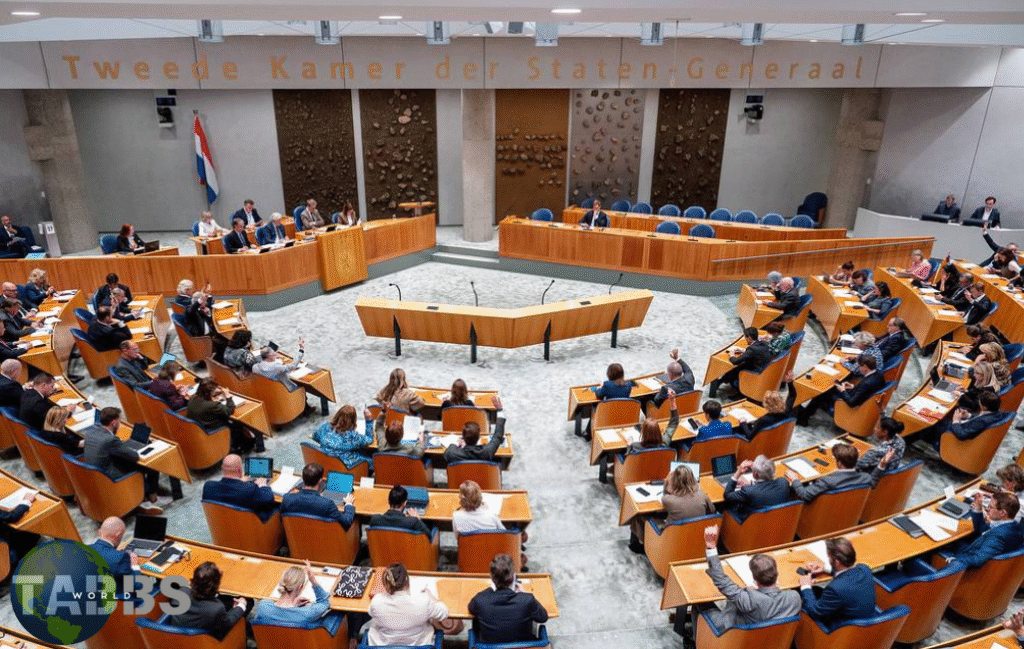In the fast-paced digital age we find ourselves in, technology continues to evolve at a rapid pace. Among the latest and most promising developments is the fusion of 5G technology and the Internet of Everything (IoE). This convergence has the potential to revolutionize how we interact with the world around us, the way we conduct business and manage our daily lives. In this article, we examine the complexities of 5G technology, explore the concept of the Internet of Everything, and examine the transformative implications of their integration.
Understanding 5G Technology:

5G technology represents the fifth generation of mobile networks after its predecessor 4G LTE. It promises significantly faster data speeds, lower latency, greater reliability, and mass device connectivity. Unlike previous generations, 5G is designed to accommodate a wide range of use cases, ranging from enhanced mobile broadband to critical communications services and large-scale machine-type communications.
Key features of 5G technology:
1: Better speeds:
With theoretical peak speeds of up to 20 gigabits per second (Gbps), 5G technology offers download speeds that are several times faster than 4G LTE, lightning-fast data transfers and immersive experiences such as virtual Reality (VR) and augmented. Reality (AR)
2: Ultra-low latency:
5G networks boast ultra-low latency, reducing the delay between sending and receiving data to a millisecond. This near-real-time response is critical for applications that require immediate feedback, such as remote surgery, autonomous vehicles, and industrial automation.
3: Massive device connectivity:
5G networks are designed to support a large number of simultaneously connected devices. This capability is essential to the proliferation of the Internet of Things (IoT), enabling seamless connectivity for smart homes, smart cities and industrial IoT deployments.
4: Edge computing:

By leveraging edge computing capabilities, 5G networks can process data closer to the source, reducing latency and increasing scalability for latency-sensitive applications. Edge computing enables a distributed architecture where computation and storage resources are located close to end users or IoT devices.
5: Network slicing:
5G introduces the concept of network slicing, which allows operators to divide a physical network into multiple virtual networks tailored to specific applications or user needs. It enables efficient allocation of network resources and provision of customized services with different performance characteristics.
The Emergence of the Internet of Everything (IoE):
The Internet of Everything (IoE) represents the next evolution of the IoT, expanding beyond the realm of connected devices to include people, processes, data and things. The goal of IoE is to create a hyper-connected ecosystem where every component, whether physical or virtual, is interconnected and capable of sharing information seamlessly.
Components of the Internet of Everything:
1: Devices and Sensors:
The IoE encompasses a diverse range of devices and sensors embedded with connectivity capabilities, including smartphones, wearables, environmental sensors, actuators, and industrial equipment. These devices serve as the building blocks of IoE deployments, collecting and transmitting data to cloud or edge computing platforms.
2: Data Analytics and Artificial Intelligence:
Data is at the heart of the IoE, driving insights and enabling intelligent decision-making. Advanced analytics techniques, along with artificial intelligence (AI) and machine learning algorithms, sift through vast amounts of data generated by IoE devices to extract actionable insights and predictive models.
3: Connectivity technologies:

IoE relies on a variety of connectivity technologies to facilitate communication between devices and systems. While traditional wireless technologies such as Wi-Fi and Bluetooth play an important role, the emergence of 5G technology offers unprecedented speed, reliability and scalability of IoE, opening up new possibilities for interconnected ecosystems.
4: Cloud and Edge Computing:
Cloud computing platforms provide the computational and storage resources necessary to process and analyze IoE data at scale. Additionally, edge computing infrastructure complements cloud services by enabling local data processing and reducing latency for time-critical applications.
5: Security and Privacy:
As the IoE increases the attack surface and introduces new security challenges, robust security measures are critical to ensure the protection of sensitive data and the integrity of interconnected systems. Encryption, authentication mechanisms, and intrusion detection systems help mitigate cybersecurity risks associated with IoE deployments.
Table of Contents
u003cstrongu003eWhat is 5G technology, and how does it differ from previous generations of mobile networks?u003c/strongu003e
5G technology represents the fifth generation of mobile networks, offering significantly faster data speeds, lower latency, and greater device connectivity compared to its predecessors. It enables a wide range of applications, from enhanced mobile broadband to critical communication services and massive machine-type communications.
u003cstrongu003eWhat is the Internet of Everything (IoE), and how does it differ from the Internet of Things (IoT)?u003c/strongu003e
The Internet of Everything (IoE) extends beyond the Internet of Things (IoT) by connecting not only devices but also people, processes, data, and things. IoE creates a hyper-connected ecosystem where every component is interconnected and capable of sharing information seamlessly, leading to enhanced intelligence and efficiency across various domains.
u003cstrongu003eHow does the convergence of 5G technology and the Internet of Everything (IoE) benefit different industries?u003c/strongu003e
The integration of 5G and IoE enables transformative applications across various industries. For example, in healthcare, it facilitates remote patient monitoring and telemedicine. In manufacturing, it enables automation and predictive maintenance. In transportation, it supports connected vehicles and smart logistics networks.
u003cstrongu003eWhat are some key challenges associated with the deployment of 5G networks and IoE ecosystems?u003c/strongu003e
Challenges include spectrum allocation and infrastructure deployment for 5G networks, as well as security and privacy concerns associated with the proliferation of connected devices in IoE ecosystems. Additionally, interoperability issues and regulatory considerations may pose hurdles to widespread adoption.
u003cstrongu003eHow can businesses leverage the convergence of 5G technology and the Internet of Everything (IoE) to gain a competitive edge?u003c/strongu003e
Businesses can leverage the convergence of 5G and IoE to enhance operational efficiency, improve customer experiences, and drive innovation. By deploying IoT devices connected via 5G networks, they can collect and analyze data in real-time, enabling predictive maintenance, personalized services, and optimized processes.


